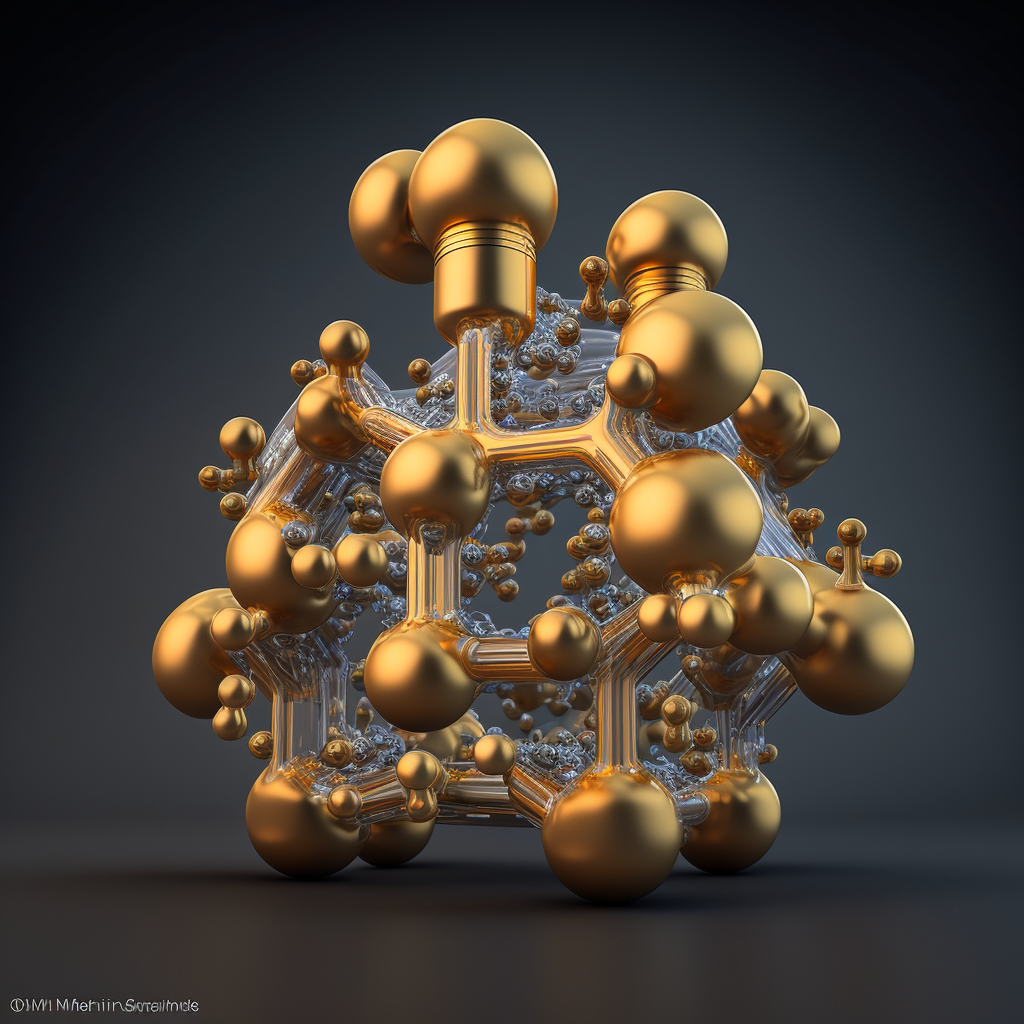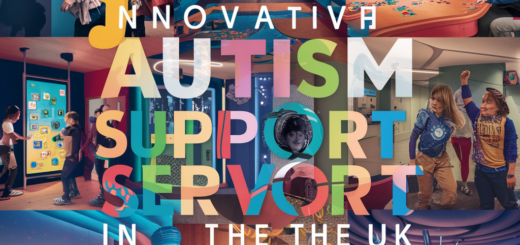Treatments Not Recommended for Autism

Autism is a complex condition that involves challenges in social communication and interaction, as well as restrictive and repetitive behaviors. It is a spectrum disorder, affecting individuals differently and to varying degrees. Some common characteristics of autism include difficulties with verbal and nonverbal communication, impaired social skills, repetitive behaviors, and sensory sensitivities.
While there is no known “cure” for autism, various therapies and interventions can help support autistic individuals and improve their quality of life. Applied Behavior Analysis (ABA) is a commonly used approach focusing on behavior modification and skill development. Speech therapy can help improve communication skills, while occupational therapy can address sensory issues and enhance daily functioning.
In recent years, there has been increased awareness and acceptance of autism in society. Many organizations and communities are working towards inclusivity and creating supportive environments for individuals on the spectrum. It is important to remember that every person with autism is unique, with their strengths, challenges, and abilities.
It is worth noting that while there are evidence-based interventions for autism, there are also treatments that lack scientific support and can even be harmful. Some unproven therapies claim to “treat” or “cure” autism, but it’s crucial to approach such claims with caution and consult with medical professionals or reputable autism organizations. The well-being and safety of autistic individuals should always be the top priority.
Overall, understanding and acceptance are key in supporting individuals with autism. By promoting inclusivity, providing appropriate therapies, and fostering a supportive environment, we can help autistic individuals thrive and reach their full potential.
Chelation Therapy
This treatment involves using chemicals like EDTA to remove heavy metals like mercury from the body. The claim behind chelation therapy is that heavy metal toxicity causes autism, but there is no evidence supporting this theory. The FDA does not approve chelation therapy for autism, which can cause serious side effects like liver and kidney damage. Several autistic children have died as a result of using chelation therapy.
Miracle Mineral Solution
MMS is a chlorine-dioxide-based solution that has been promoted as a cure-all treatment for autism, cancer, HIV/AIDS, and more despite no evidence. Also called CD or chlorine dioxide protocol, promoters claim it eliminates pathogens. However, MMS is a toxic bleaching agent, and ingesting it can cause nausea, vomiting, diarrhea, and even life-threatening reactions. The FDA has issued warnings against using this dangerous product.
Hyperbaric Oxygen Therapy
This therapy involves breathing pure oxygen in a pressurized chamber. While it may provide some benefit for specific medical conditions, hyperbaric oxygen therapy has not been scientifically proven to treat autism spectrum disorder effectively. Controlled studies have not demonstrated significant improvements. The treatment also carries some risks, like oxygen poisoning and damage to the ears or lungs. Costs can be upwards of $100 per session.
Stem Cell Therapy
Some overseas clinics offer stem cell injections that claim to treat or cure autism, but these lack scientific validity and safety oversight. There is no proof stem cells can cure ASD. The FDA has expressed concerns about potentially dangerous stem cell therapies for autism, and experts recommend caution for unproven treatments. More research is needed to establish any effectiveness.
Detoxification Therapies
Some practitioners believe that individuals with autism have high environmental toxins and suggest detox methods such as chelation, restrictive diets, or supplements. However, no reliable evidence supports the idea that high toxins cause autism or that these unproven detox therapies are helpful. Specific cleansing methods can be harmful to health and lead to dangerous complications.
Therefore, families should be cautious about radical treatments that claim to provide dramatic results for autism. It is better to rely on evidence-based interventions such as applied behavior analysis, speech therapy, and occupational therapy to support individuals with autism. While more autism research is needed, unproven “cures” often prove ineffective or harmful.
Here are some references that could be included in the article:
References
- Akins, R. S., Krakowiak, P., Angkustsiri, K., Hertz-Picciotto, I., & Hansen, R. L. (2014). Utilization patterns of conventional and complementary/alternative treatments in children with autism spectrum disorders and developmental disabilities in a population-based study. Journal of Developmental & Behavioral Pediatrics, 35(1), 1-10.
- American Academy of Pediatrics. (2013). Chelation therapy for autism not warranted. AAP News, 34(5), 24.
- Baio, J., Wiggins, L., Christensen, D. L., Maenner, M. J., Daniels, J., Warren, Z., … & Dowling, N. F. (2018). Prevalence of autism spectrum disorder among children aged 8 years—autism and developmental disabilities monitoring network, 11 sites, United States, 2014. MMWR Surveillance Summaries, 67(6), 1.
- Burgess, N. (2019). Stem cell therapy for autism: An obvious trap. Journal of Medical Ethics, 45(9), 613-615.
- Davis, T. N., O’Reilly, M., Kang, S., Lang, R., Rispoli, M., Sigafoos, J., … & Mulloy, A. (2013). Chelation treatment for autism spectrum disorders: A systematic review. Research in Autism Spectrum Disorders, 7(1), 49-55.
- Giers, D. M., Milne, E., Soechtig, S., McCandless, D., & Kloor, M. (2020). A quantum leap backward for autism pseudoscience. Frontiers in Psychology, 11, 1446.
- Levy, S. E., & Hyman, S. L. (2015). Complementary and alternative medicine treatments for children with autism spectrum disorders. Child and Adolescent Psychiatric Clinics, 24(1), 117-143.

